CAMAGÜEY.- Pavel Martínez Salgado from Camagüey is a dancer who explores movement with the steps of a goldsmith. Probably, most of the public remembers him on stage at the Endedans Contemporary Ballet, but they do not know about the parallel incursion as a craftsman.
Since 2006 he shared the time between classes, rehearsals and performances of the dance company with self-taught learning in a position as a jeweler, to master tools as he previously managed to control the body depending on the work. In addition, since 2014 he has been a professor of corporal expression and physical preparation at Teatro del Viento.
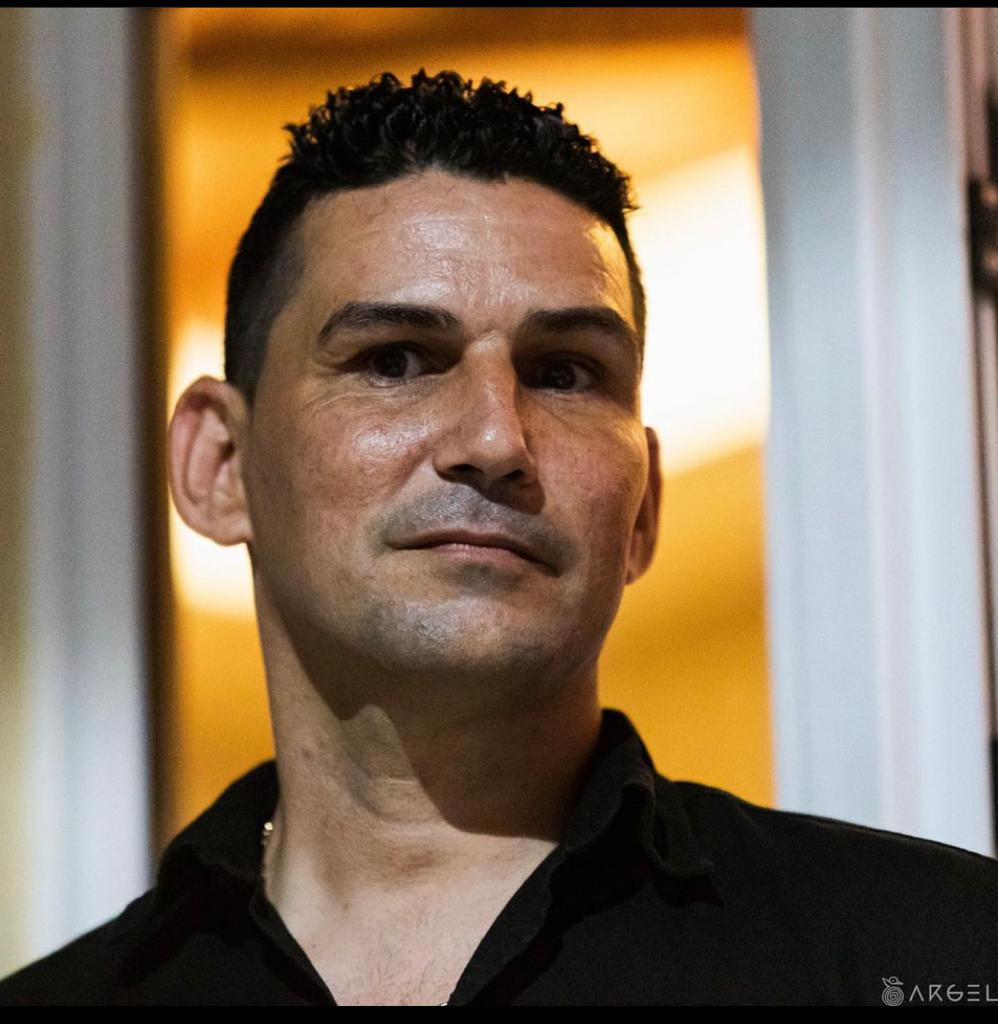 Recently, thanks to the extension to Camagüey of the third Havana Design Biennial, he presented the PLIMASHOW exhibition in a space at the El Bambú recreational center, located on República Street. He is still there, with a table for live work and willing to tell the stories of his fine jewelry pieces. A series of rings represents sidewalks and all of them, through imagination and lines, contain the dance and anticipate a promising path.
Recently, thanks to the extension to Camagüey of the third Havana Design Biennial, he presented the PLIMASHOW exhibition in a space at the El Bambú recreational center, located on República Street. He is still there, with a table for live work and willing to tell the stories of his fine jewelry pieces. A series of rings represents sidewalks and all of them, through imagination and lines, contain the dance and anticipate a promising path.
Pavel has a gallery-workshop project called P&lima and has requested premises on República, Maceo or Ignacio Agramonte streets, where he can promote a creative industry with useful services that are not provided here.
While he waits for institutional attention to his request, he investigates and dreams together with Lissette Lima Gómez, designer of P & lima. He spends long hours translating ideas with burins, milling cutters and other errors in hand until he achieves an earring, a pendant, a bracelet, a brooch.
A recent member of the Cuban Association of Artisan Artists (ACAA), this summer Pavel is also applying to the Ibero-American Design Biennial and the Arte y Joya contest, both in Spain.
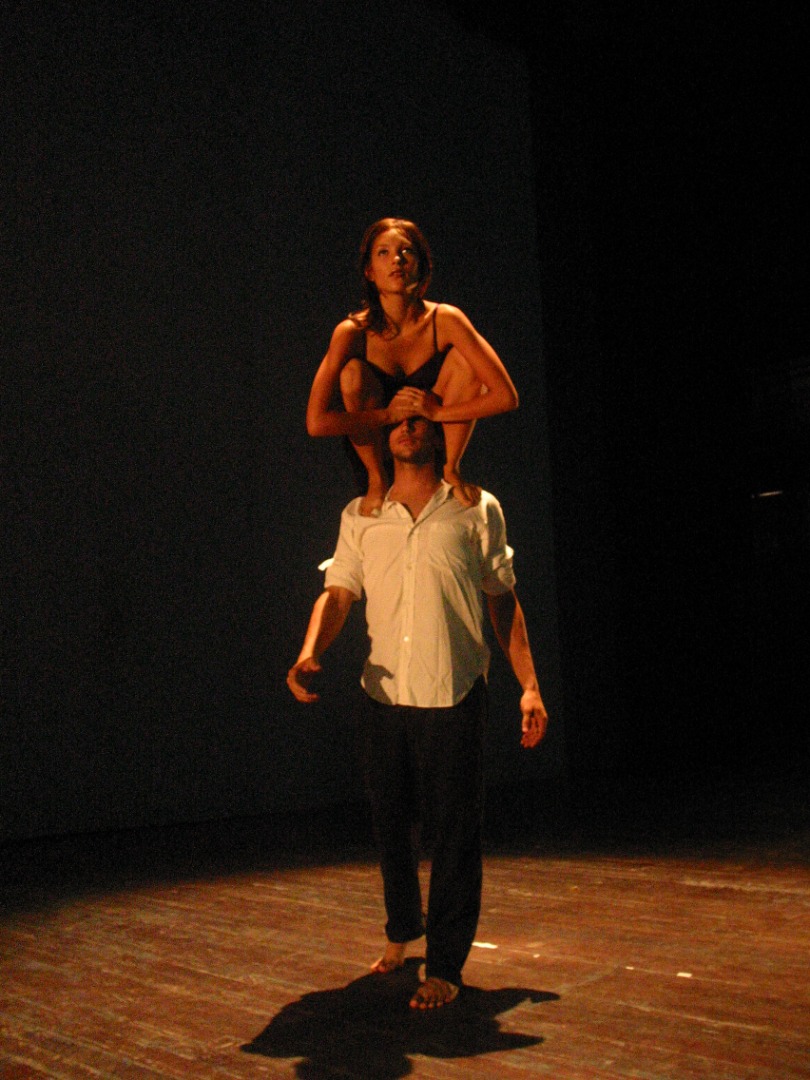 With Diane Infante García, in Endedans.
With Diane Infante García, in Endedans.
─Does the goldsmith come before the dance?
─Yes, since he was little he modeled with plasticine and played with copper wire. He made little figures, my dolls and very small, simple things. I never thought of working metals. I started it out of necessity on Avenida de los Mártires, when my son Diego Alejandro was born.
─ Since when do you count your second specialty?
─I started when I was 23 years old without any reference. I dared to do what they told me was not possible. In 2012 I ventured into the ancient technique of lost wax. At first it was catastrophic. I can take three days to achieve what I want. A casting process with the highest quality is very complex.
“It happens that the lost wax stays in a commercial environment, things are made that make money, but a lot of traces of bad jobs are left. In that sense, I focus on fine jewelry. People look for cheap even if they don't have an invoice, and I look for an invoice even if it has a higher economic value”.
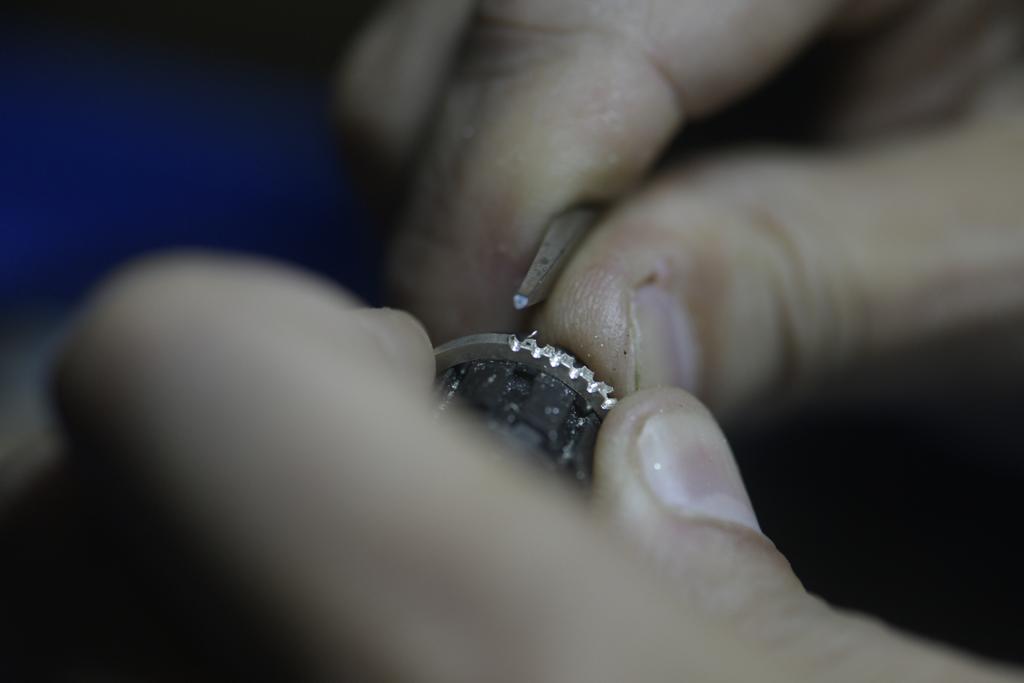
─Tell me about the materials, about your searches…
─I have worked silver, gold, white gold, copper, zinc, palladium and nickel. Never the alpaca. I use alloys with gold. I have achieved formulas from information in books. I would like to pass international courses, for elements of composition, architecture, volume that in Cuba there is nowhere to learn them.
─Your work takes patience. What do you aspire to in this field?
─I would like to cover everything in goldsmithing, but it is complex. That is why I have specialized in setting, it consists of how to set the stones from scratch or by lost wax. Lissette helps me with the designs and the lost wax process. I want my work to become sculptural.
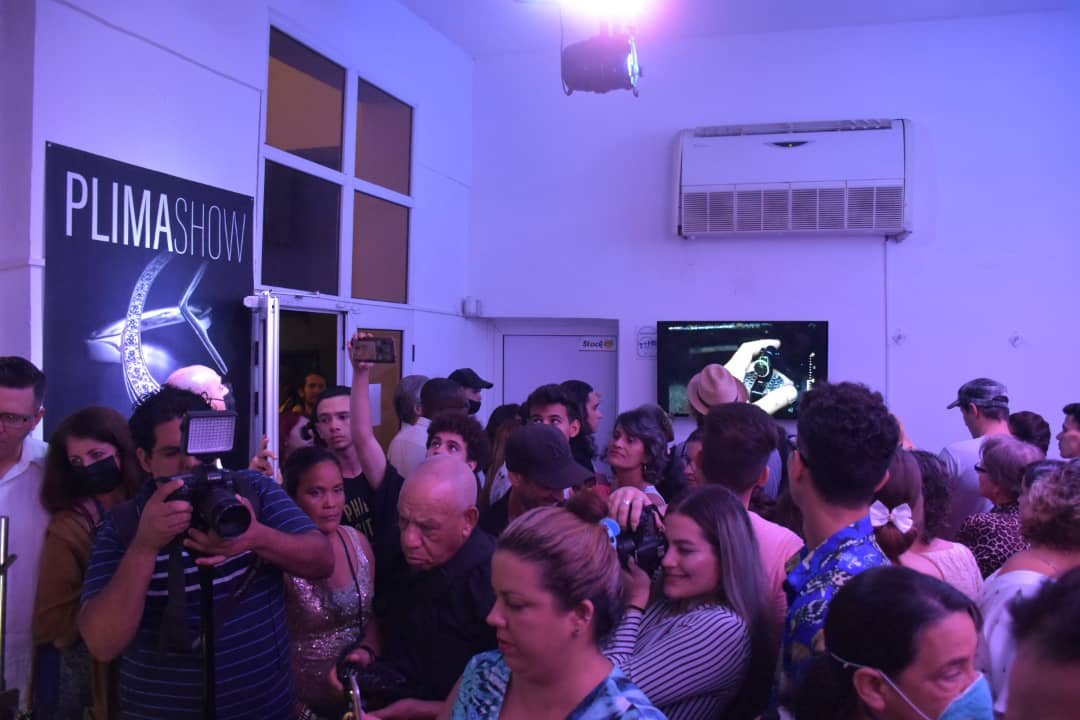
─The Design Biennial made you more visible. Did El Bambú leave you?
─ I wish they would let me. The Biennial has been good because the exhibition undeniably launches you on many levels. Here I do some work like crimping and small repairs. I don't want to do restores yet.
─ Why that brand? What does P&lima mean?
─I play with my first name and Lissette's last name, and also with the p of silver and the periodic table, one of the tools I use the most and one of the most important in manufactured work.
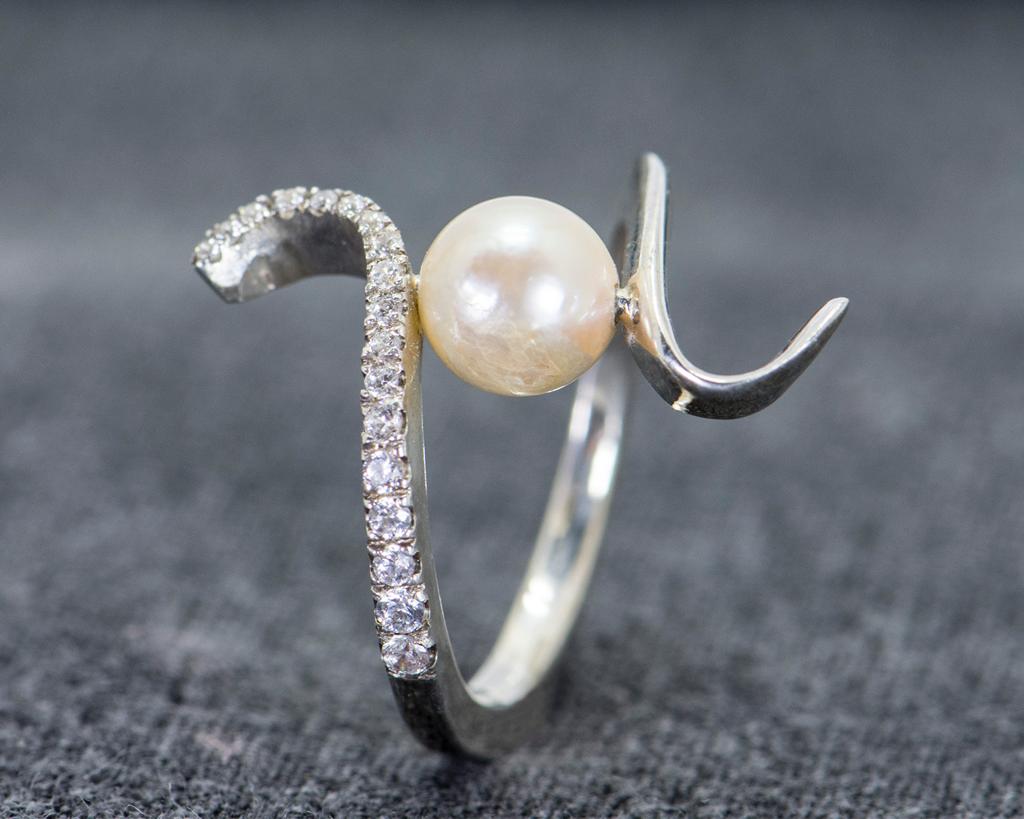
─In what part does this transition to sculpture enter?
─ I aspire to bring my experience as a classical dancer to metal, but the capacity of my oven prevents me. The pieces on dance are poor in terms of the position of a dancer and with porosity and color defects. Mostly, the sculptors have the reference from the front but not from the side or behind. I know how to position a body to achieve balance and a certain technique. I'm thinking of doing the costume with stone setting, using fabrics for the exact texture. I want a well-made sculpture.
─Speaking of dance, did you lose your training?
─Dance is all about movement, although there are anti-movement works, especially contemporary ones. I started in 2000, in a special Classical Ballet course, for five years at the art school. I spent three at the Ballet of Camagüey, and then I started with Tania Vergara at Endedans, the richest time of my career, we took courses in different places, we participated in international competitions. Although I am a classical dancer, my assessment is that of a contemporary dancer.
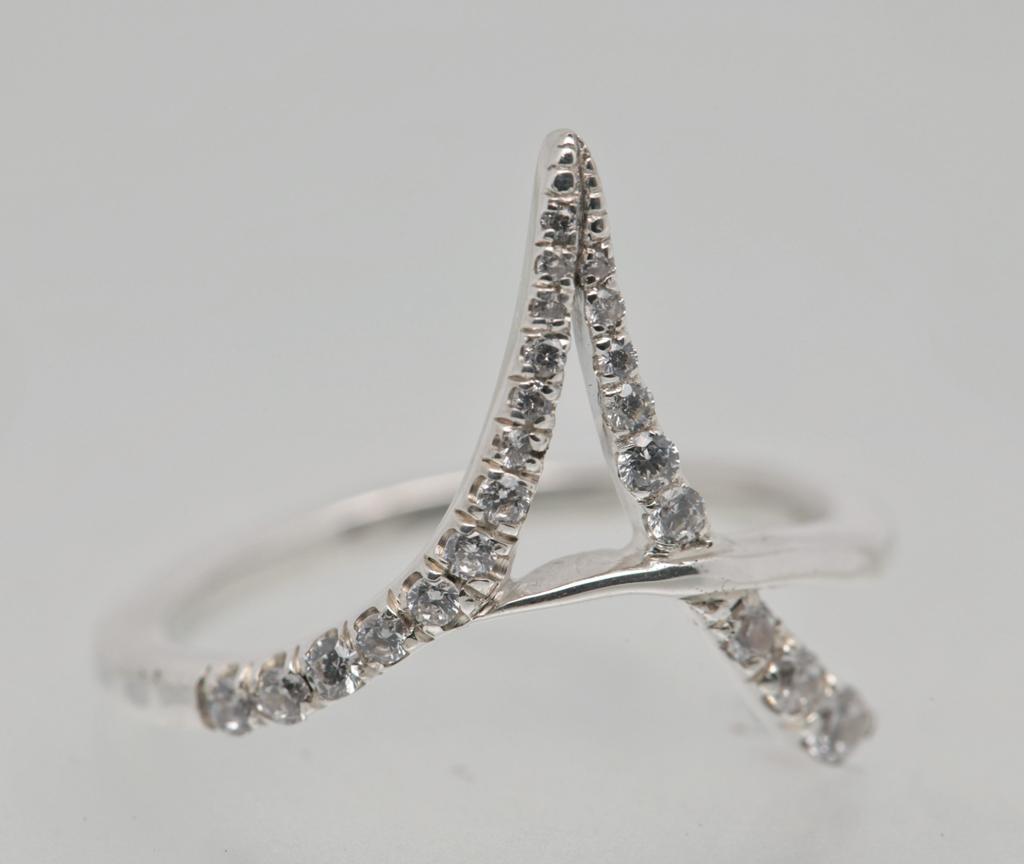
“Untrain me? I've never done. I teach Freddys Núñez Estenoz with his group Teatro del Viento. When they ask me if I am a goldsmith or a jeweler, I answer that I am a dancer and I do the other. I will never stop being it, even if I don't exercise it professionally”.
─There is a reality: your body has a memory. Don't you attack yourself?
I have a lot of muscle control. A job can keep me sitting for six or seven hours, practically without moving, especially the settings and the first piece of a series. Ballet teaches you to know your body, to control it. That memory, concentrating and achieving a balance in what I want, I owe to ballet.
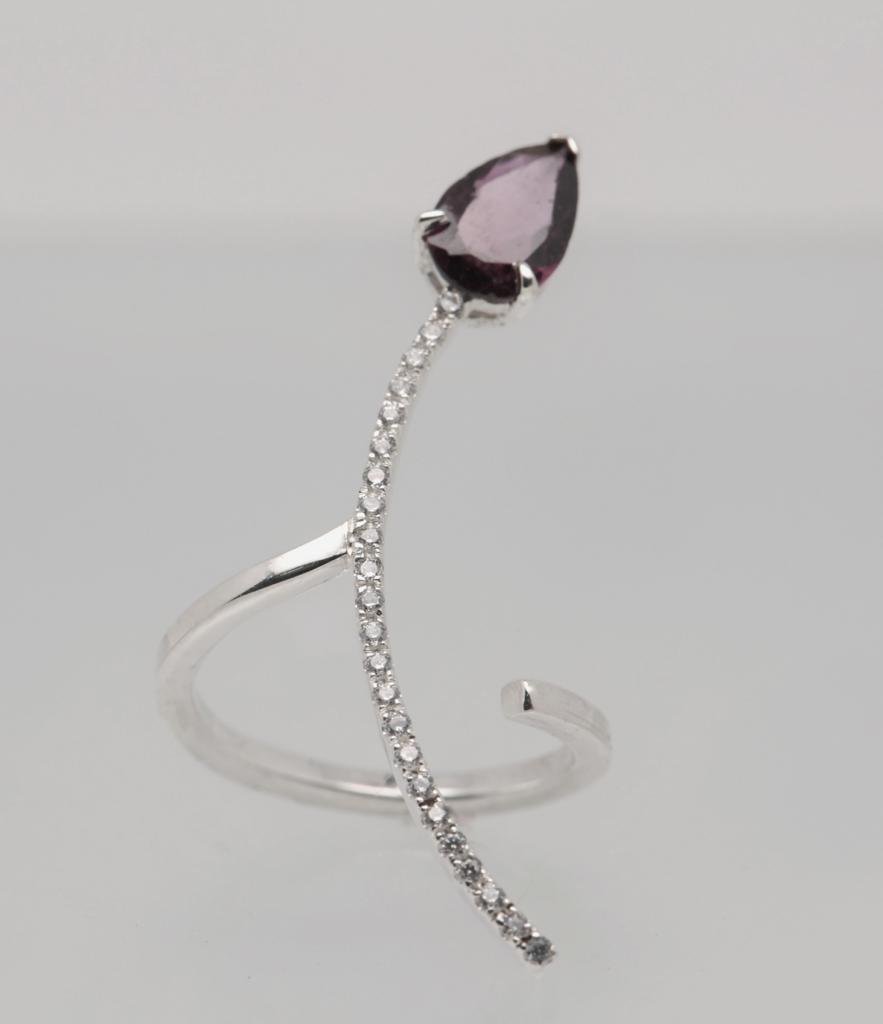
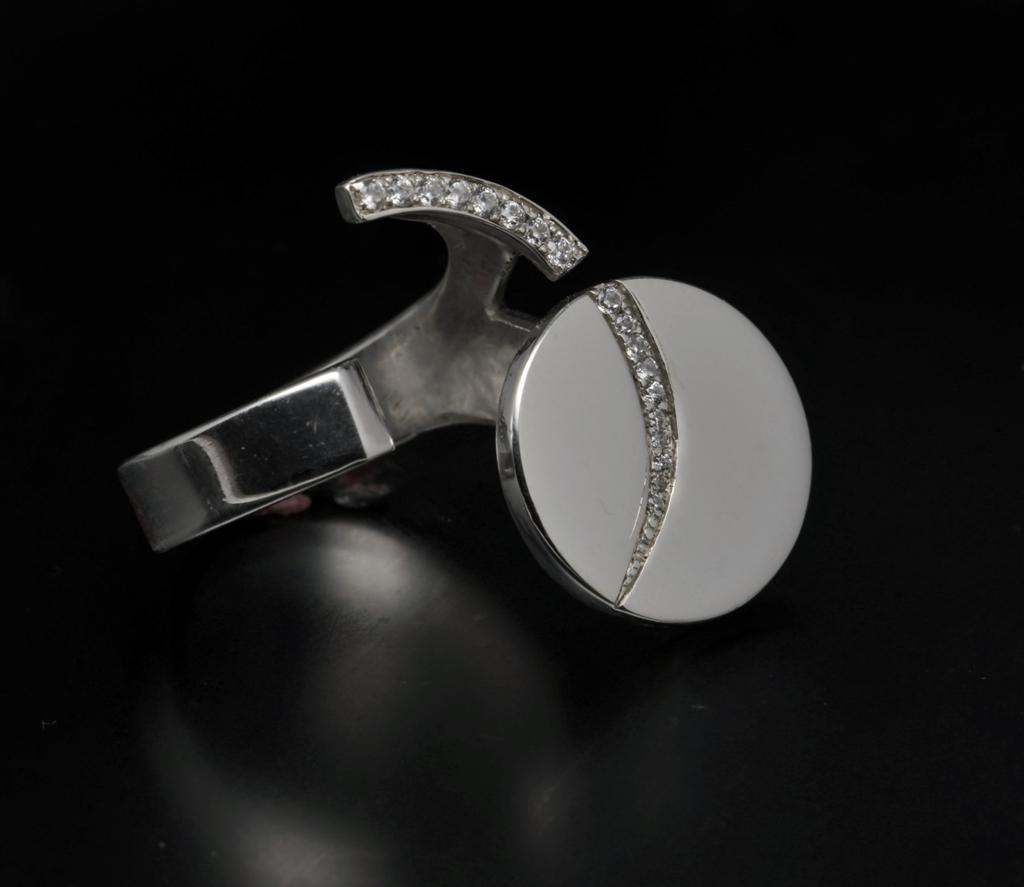
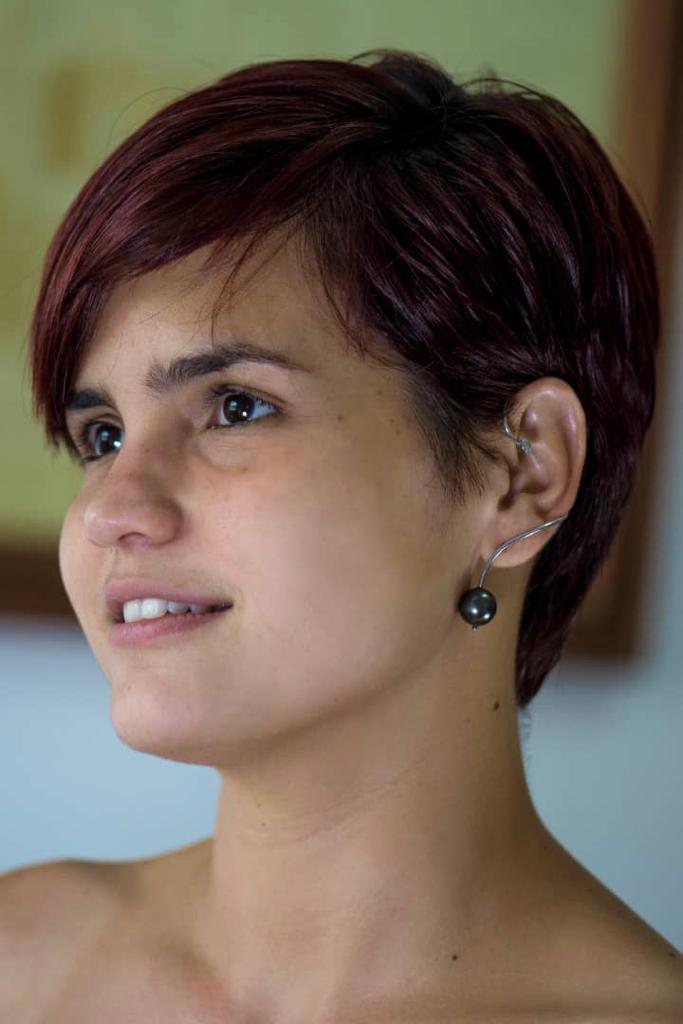
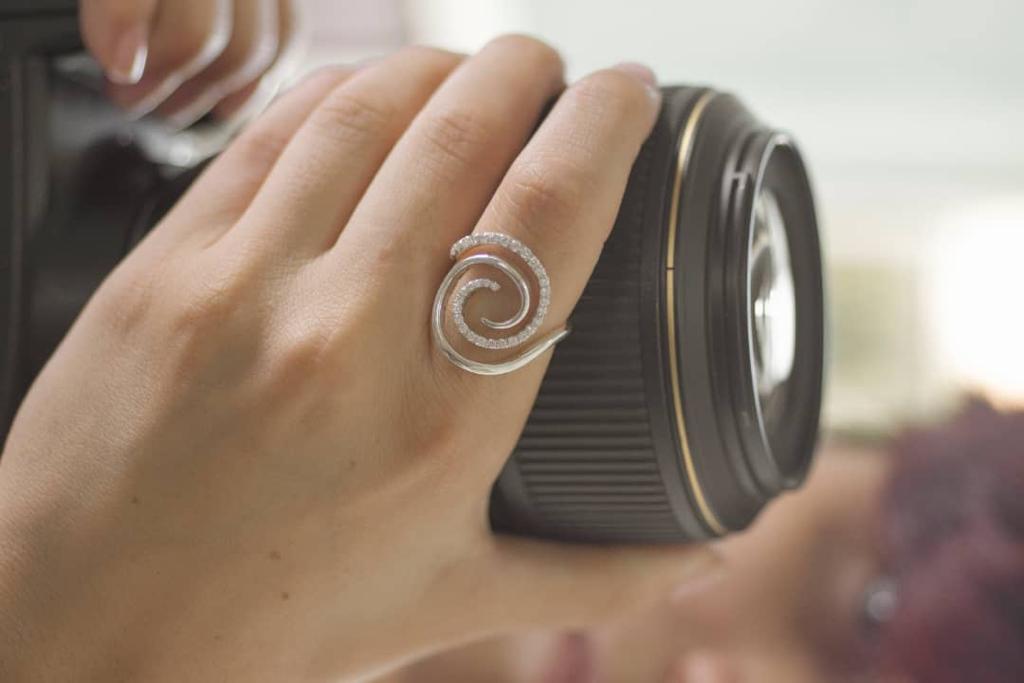
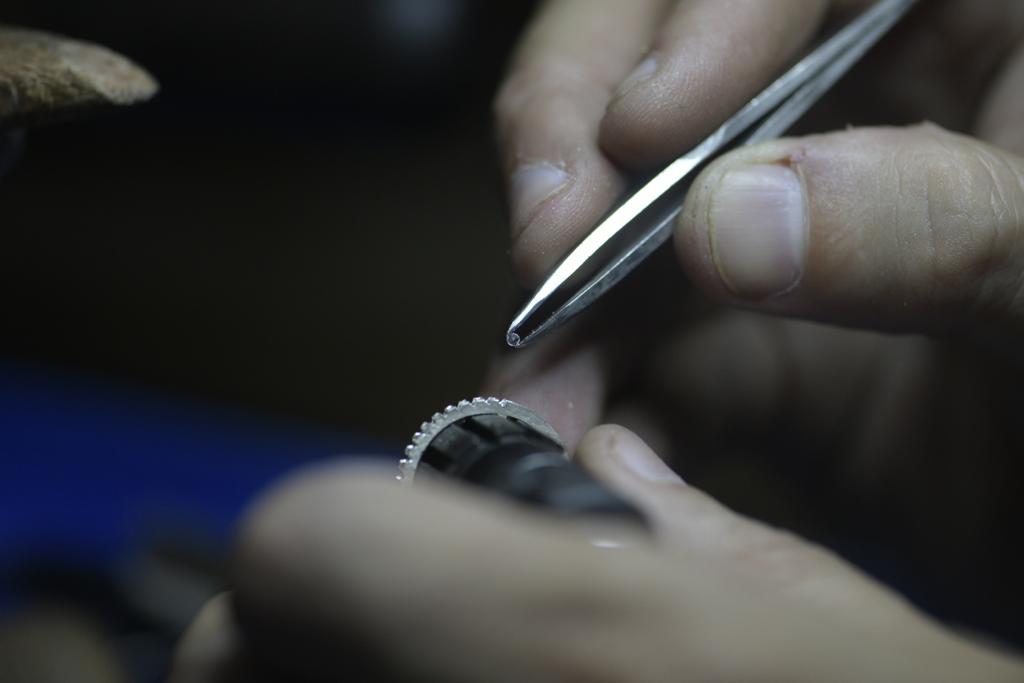
- Translated by Linet Acuña Quilez
